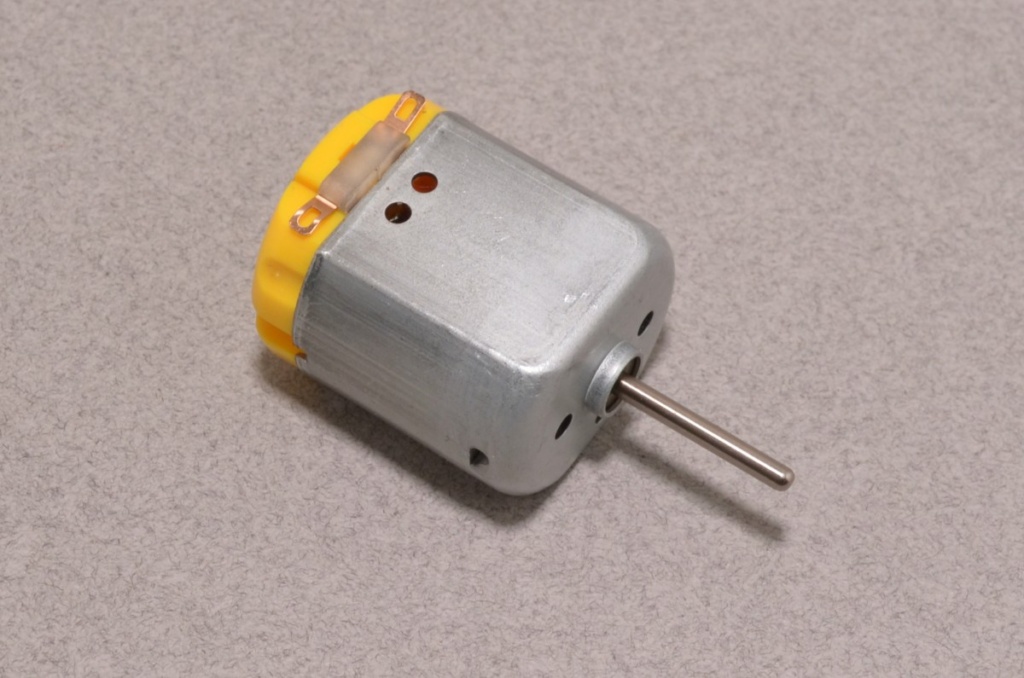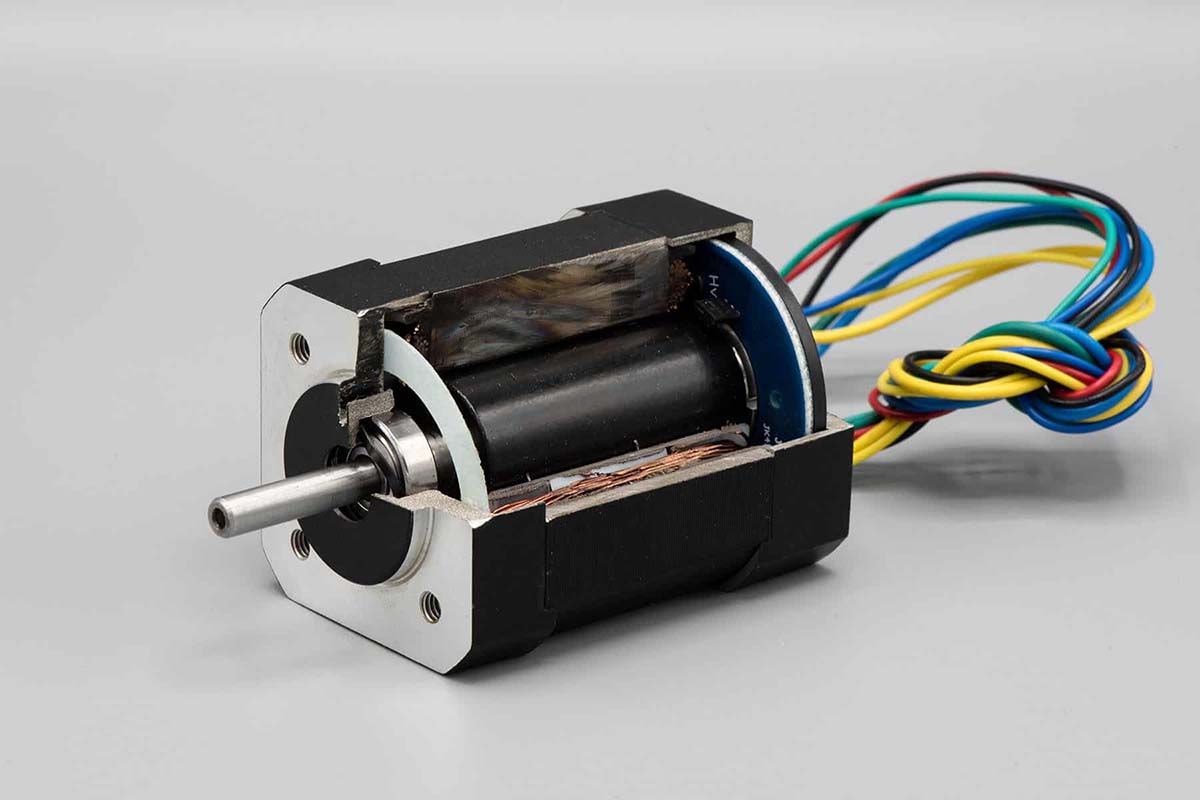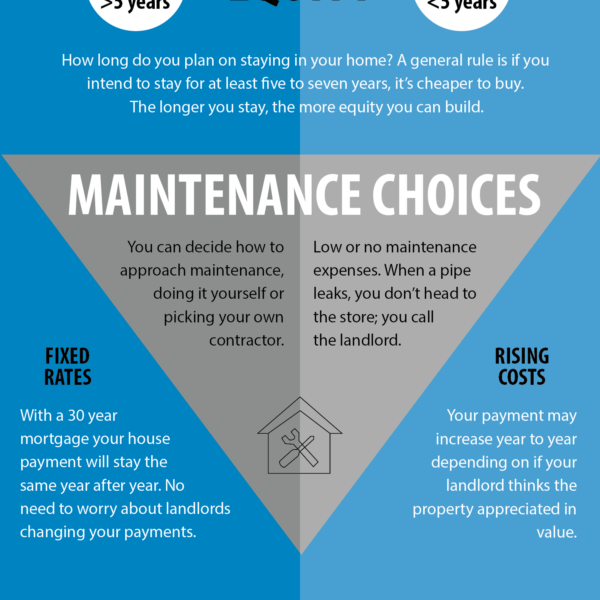Looking for a new DC motor for your business? Depending on how you plan to use it, you’ll need to pick a specific size. But how can you make the right choice?
In this article, you’ll learn about the different DC motor sizes and discover how to select a suitable size for your business’s needs.
Why you should care about getting the right DC motor size

DC motors come in a variety of sizes. It’s critical to know which size will work for your specific application.
A DC motor is an electrical device that converts electrical energy into mechanical energy. The most common use of a DC motor is as the power source for an electric vehicle such as a car, bus, or train.
Some key factors to consider when choosing a DC motor are:
- Voltage
- Current
- RPM (rotations per minute)
- Torque (turning force)
- Weight
- Mounting type
- Speed control
The importance of understanding speed and torque
The size of the motor determines the power and torque that it generates. As you might expect, larger motors generate more power and torque than smaller ones.
That’s why you’ll find larger motors in heavy machinery like trucks, trains, and construction equipment. Smaller DC motors are often used in tools such as drills, saws, and sanders.
Torque is the force that a DC motor can exert on its load. A motor with high torque will be able to lift heavier loads with less effort than a motor with low torque.
Speed, rather, determines how quickly a DC motor can move its load. A higher speed means the load will move more quickly, but it’ll use more power in doing so.
The speed of a motor is measured in RPM or rotations per minute. Torque is the force that causes rotation, calculated by multiplying the torque by radius.
As such, it’s critical to understand speed and torque when shopping for new DC motors for your business—for example, a small motor designed for power tools won’t perform well (or at all!) in construction equipment or machinery.
Four methods to selecting the best sized motor
Choosing an appropriately sized DC motor is crucial since the wrong size motor can result in either too much or too little torque for the application. Here are four points to consider when shopping for a new motor:
- Check the manufacturer’s recommendations for your device or equipment. Usually, you can find preset tables of recommended torque, speed, voltage, and current values in the device’s instruction manual or on the manufacturer’s website.
- Select a motor based on the required torque and horsepower, which are calculated by multiplying torque by speed (in RPM).
- Consider the required voltage and current.
- Alternatively, use an online calculator to determine the torque needed for a given application, and select a motor with a rating at least as high as that value.’
A final summary
To sum up, choosing the right size of DC motor is essential for safely and effectively powering tools, equipment, and machinery. When shopping for a new motor for your business, make sure to consider your application’s torque, speed, voltage, current, and all other relevant values.





